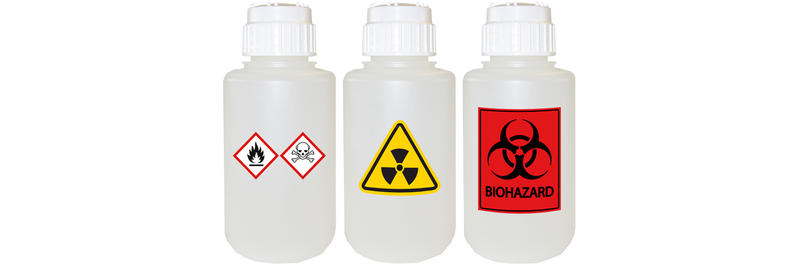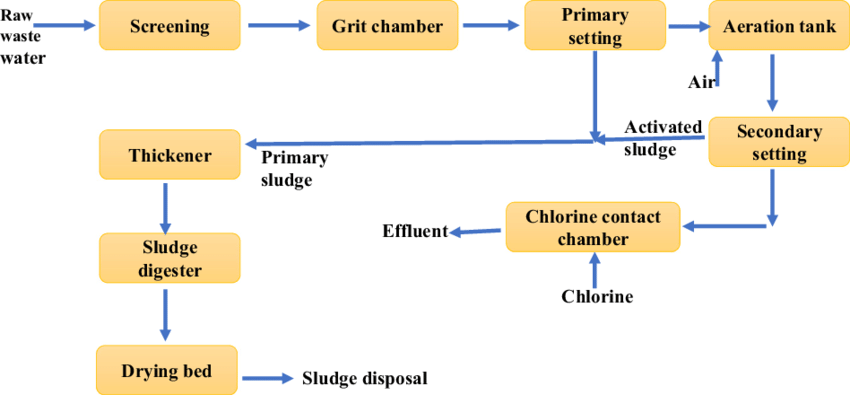The Greatest Guide To Reclaim Waste
The Greatest Guide To Reclaim Waste
Blog Article
Reclaim Waste Fundamentals Explained
Table of ContentsUnknown Facts About Reclaim WasteThe smart Trick of Reclaim Waste That Nobody is DiscussingThe 9-Second Trick For Reclaim WasteReclaim Waste Things To Know Before You BuyNot known Details About Reclaim Waste
Check out the kinds, occurrences, and kinds of fluid waste. Residential sewage waste describes the waste and items from a household septic tank. This kind of waste is produced by people in houses, institutions, and various other structures. This only consists of septic containers that have a drainpipe area. The proper administration and disposal of residential sewer waste require fluid waste to be moved to a sewer treatment plant where the proper approaches and equipment are related to purify and throw away waste.
Industrial waste usually includes potential hazards, such as flammable materials or a blend of fluid and strong waste products, and calls for an advanced and thorough disposal process. The disposal of industrial waste typically involves the filtering of waste before transportation to ensure secure and proper disposal. Hazardous waste is developed from by-products and overflow of industrial processes and production.
This type of waste can not make use of the same sewer monitoring transportation or procedures as septic or business fluids. The hazardous waste administration procedure needs the assessment and screening of fluid waste prior to it goes through the disposal procedure (industrial wastewater treatment). Drainage waste is the fluid waste that originates from overflow and excess stormwater in extremely populated locations or cities
Overflow waste can create contamination and flooding if not handled properly. Ensuring proper waste administration can protect against disasters and decrease environmental damage.
How Reclaim Waste can Save You Time, Stress, and Money.
Get in touch with PROS Solutions today to find out about our waste management and disposal services and the proper ways to care for the liquid waste you generate.
(https://www.awwwards.com/reclaimwaste1/)This so-called 'wastewater' is not just a vital source yet, after therapy, will be launched to our land, rivers or the sea. Made use of water from toilets, showers, bathrooms, kitchen sinks, laundries and industrial procedures is understood as wastewater.

water made use of to cool machinery or tidy plant and equipment). Stormwater, a type of wastewater, is runoff that flows from farming and city areas such as roofings, parks, yards, roads, paths and seamless gutters into stormwater drains pipes, after rain. Stormwater moves without treatment directly to neighborhood creeks or rivers, at some point reaching the ocean.
An Unbiased View of Reclaim Waste
In Queensland, the majority of wastewater is dealt with at sewer treatment plants. Wastewater is moved from domestic or industrial sites through a system of sewage systems and pump terminals, recognized as sewerage reticulation, to a go sewage treatment plant.
The Department of Natural Resources advises city governments regarding handling, operating and preserving sewage systems and treatment plants. In unsewered areas, local federal governments might call for owners to mount specific or home sewer therapy systems to deal with residential wastewater from bathrooms, cooking areas, shower rooms and laundries. The Division of Natural Resources authorizes making use of household systems when they are confirmed to be reliable.
In some new class, therapy of some stormwater to eliminate clutter, sand and gravel has started using gross pollutant traps. Wastewater treatment occurs in four phases: Eliminates solid issue.
Utilizes tiny living organisms knows as micro-organisms to break down and eliminate staying liquified wastes and fine bits. Micro-organisms and wastes are integrated in the sludge.
Reclaim Waste for Dummies
Nutrient elimination is not available at all sewage treatment plants because it needs expensive specialised tools. Clear liquid effluent created after treatment might still contain disease-causing micro-organisms - liquid waste removal.

The majority of wastewater streams into the sewage system. Under the Act, local federal governments provide approvals and licences for eco relevant tasks (ERAs) including wastewater releases that may have a regional effect.
Facts About Reclaim Waste Revealed
Monitoring provides accurate info about water quality and can confirm that licence conditions are being met. The details acquired via surveillance provides the basis for making water high quality decisions.
Report this page